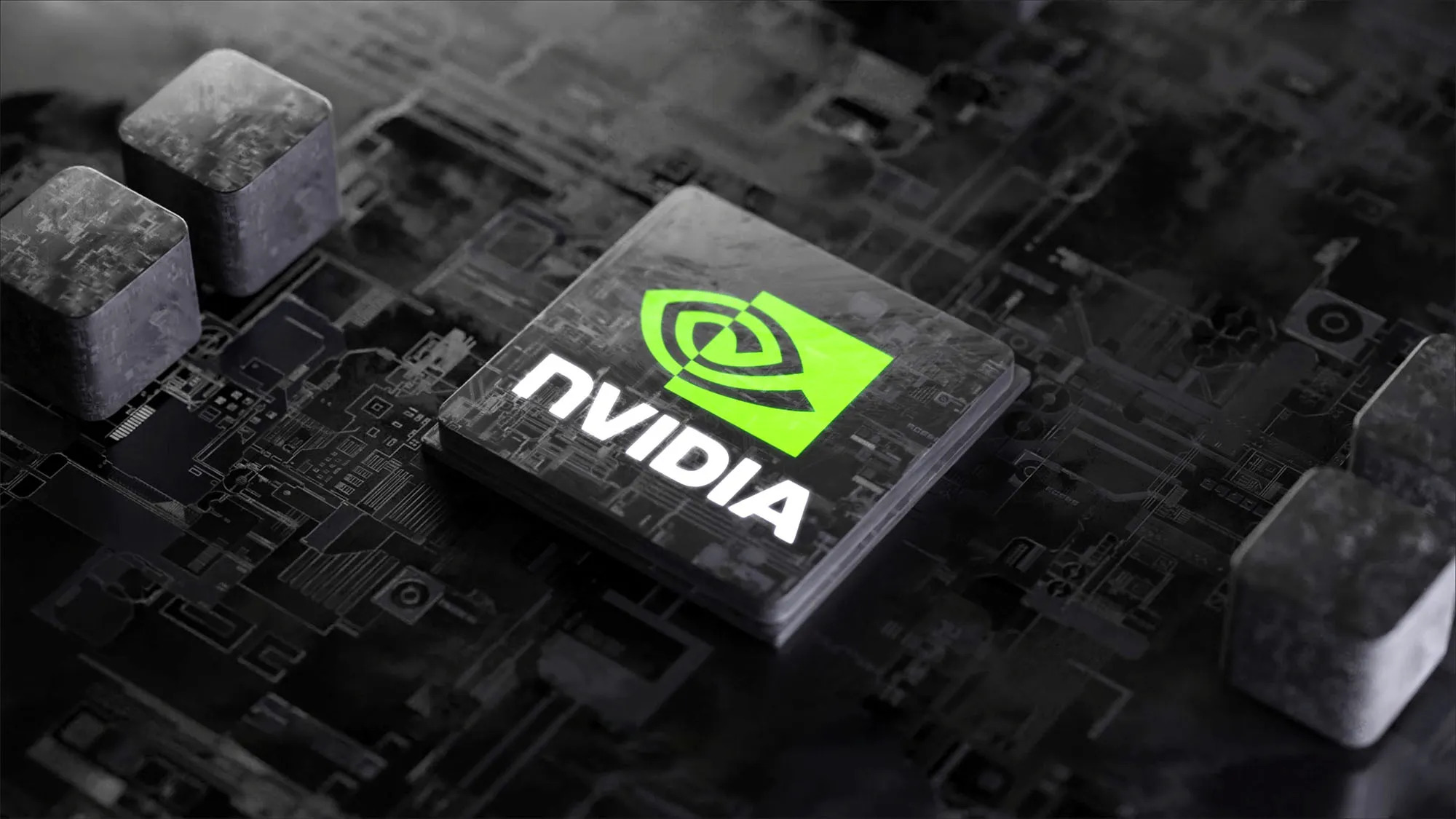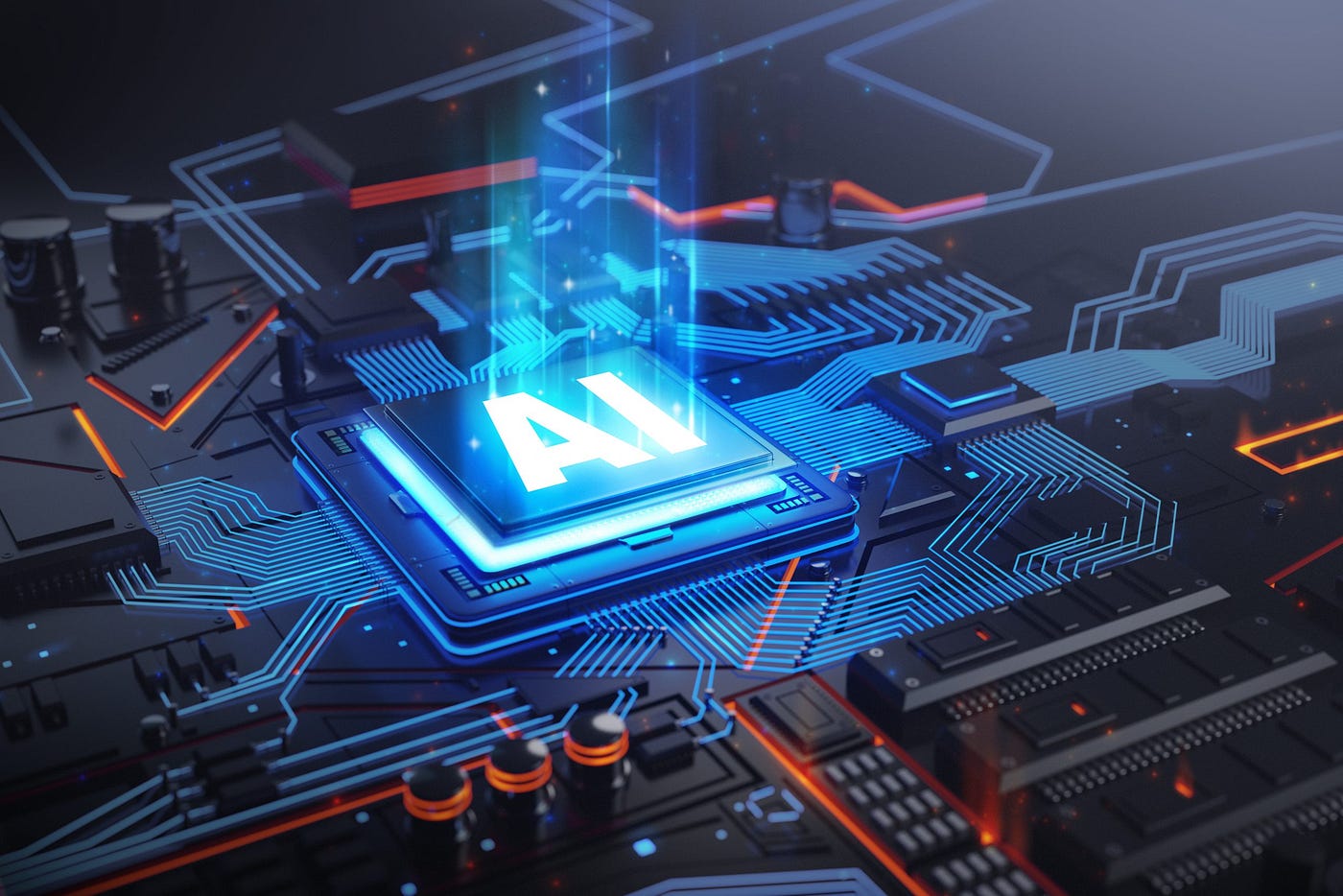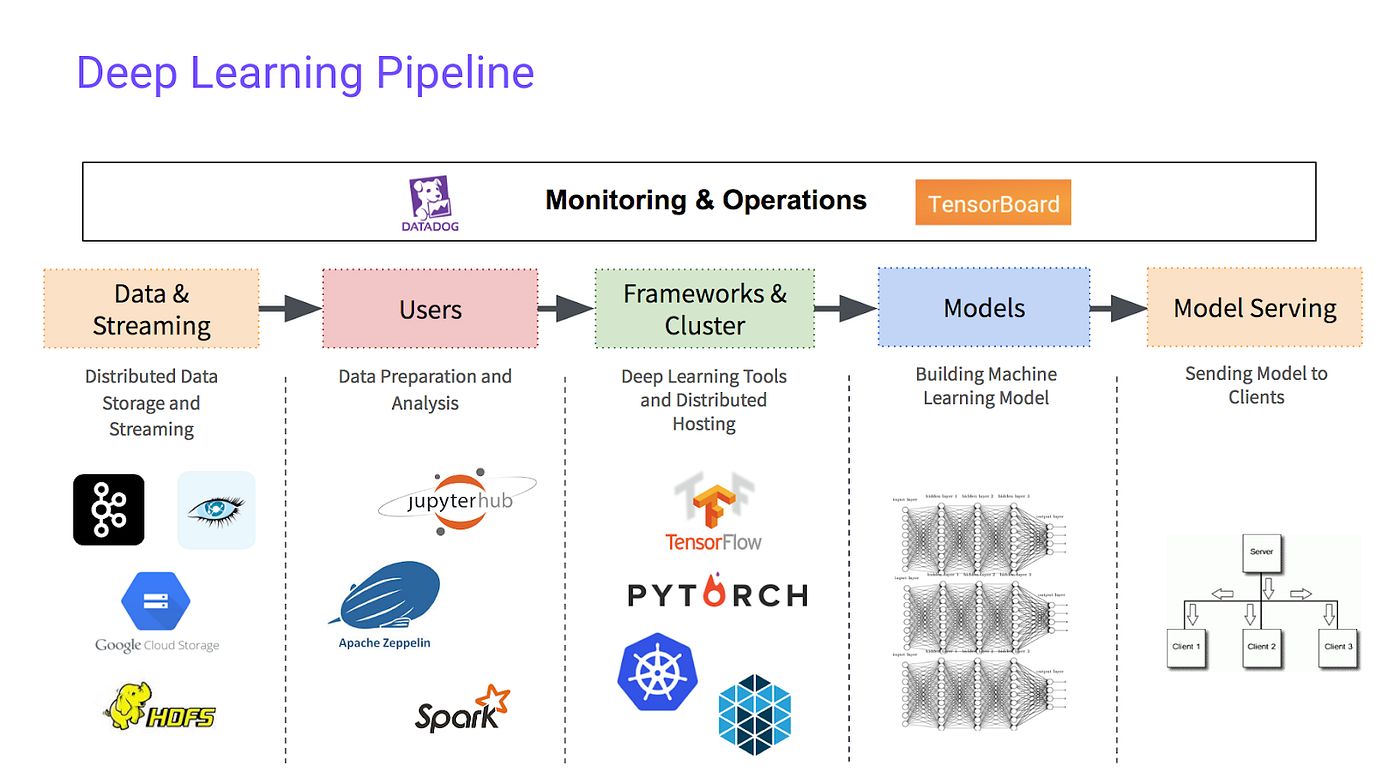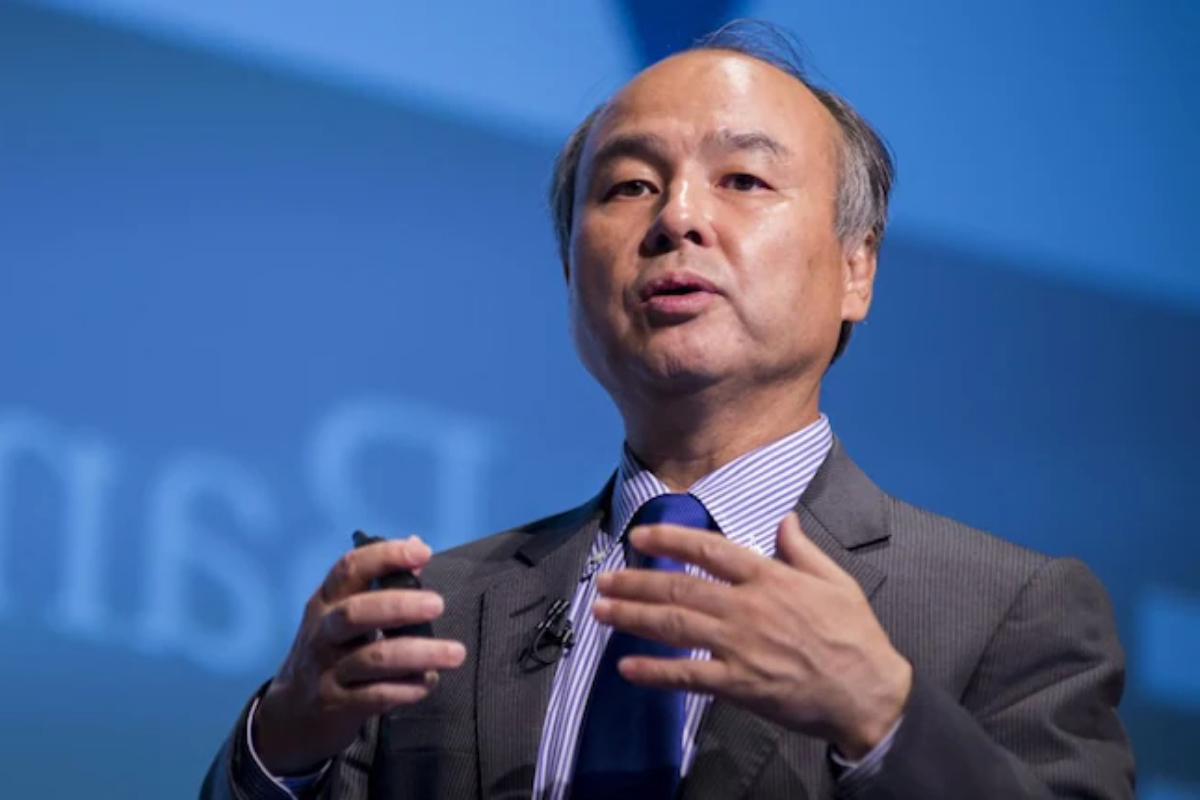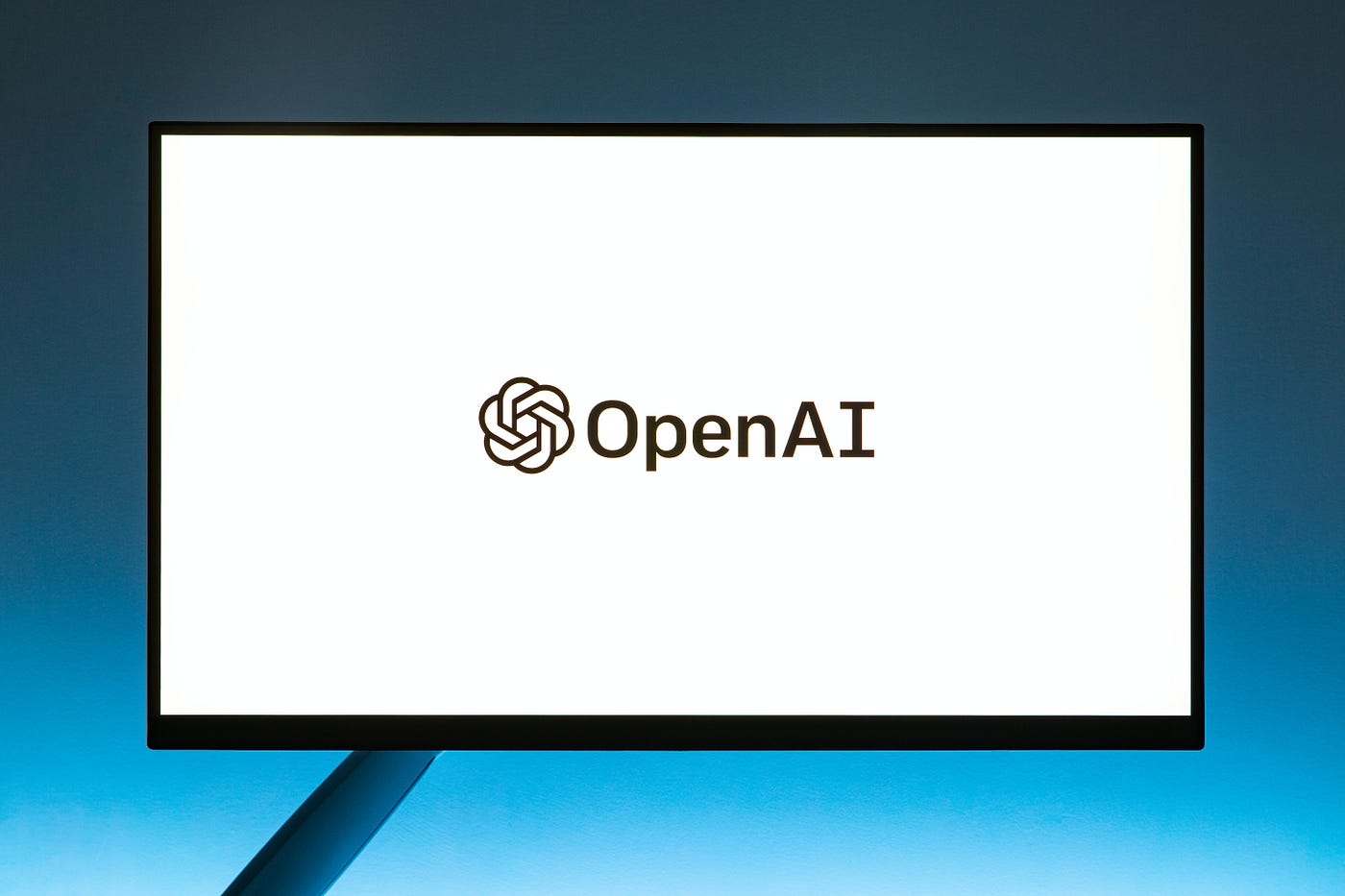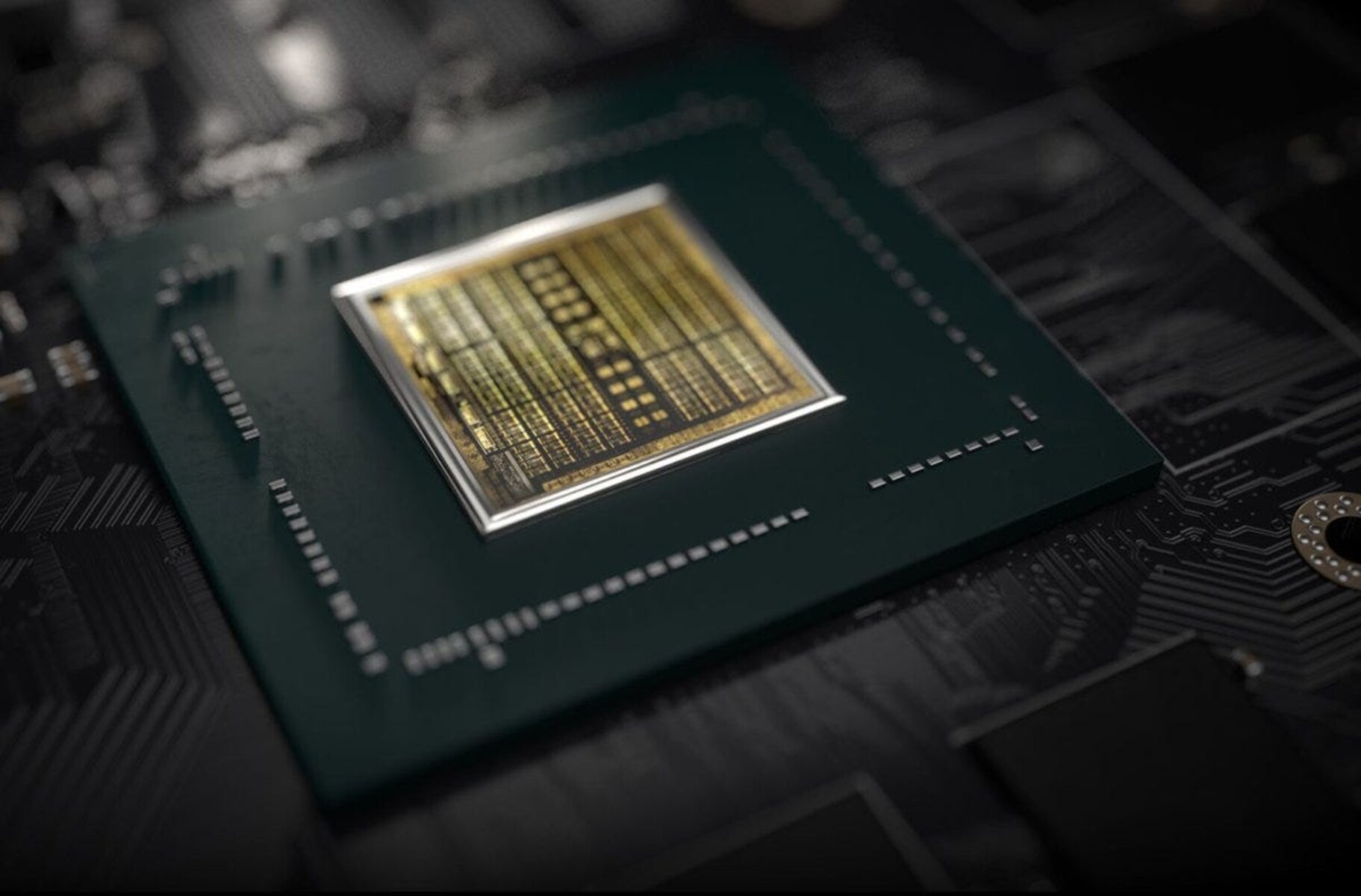Reliance Industries, through its subsidiary Jio Platforms, has teamed up with leading GPU manufacturer Nvidia to work on the development of a large language model trained on India’s diverse languages. This partnership comes as Reliance, India’s largest corporate firm, expands its presence in the rapidly growing field of AI.
Key Takeaway
Reliance Industries has partnered with Nvidia to develop a large language model trained on India’s diverse languages. The collaboration aims to build a powerful AI infrastructure and empower India’s AI capabilities. This move marks Reliance’s expansion into the field of AI and diversification of its business portfolio.
Building an AI Infrastructure to Power Language Models
The collaboration between Reliance and Nvidia aims to create an AI infrastructure that boasts unparalleled computational power, exceeding the capabilities of the fastest supercomputer in India. The companies have not disclosed a specific timeframe for this expansion. Reliance plans to leverage this cloud infrastructure to provide accelerated computing access to various stakeholders such as researchers, developers, startups, scientists, and AI experts across India.
As part of the agreement, Nvidia will equip Jio with state-of-the-art AI supercomputer solutions, including the Nvidia GH200 Grace Hopper Superchip and Nvidia DGX Cloud. Additionally, Nvidia will provide frameworks for the development of advanced AI models. Jio, on the other hand, will manage the AI cloud infrastructure, as well as handle customer interactions and access.
Empowering India with Advanced AI Computing
Jensen Huang, the CEO of Nvidia, expressed his enthusiasm about the collaboration, stating, “We are delighted to partner with Reliance to build state-of-the-art AI supercomputers in India. India possesses the scale, data, and talent to thrive in the AI space. With this cutting-edge AI computing infrastructure, Reliance will be able to develop its own large language models to power generative AI applications made in India, for the people of India.”
Although India is the world’s most populous nation, it has struggled to establish itself as a significant player in the global AI arena. Most Indian companies, both startups and established organizations, have relied on using preexisting large language models created by international entities like OpenAI. In contrast, companies worldwide are fiercely competing to secure Nvidia chips to fuel their own large language model projects.
Reliance’s Diversification Strategy
Reliance, primarily known for its oil business, has been actively diversifying its portfolio over the past decade. The company has expanded into various sectors, including telecom and video streaming. Jio Platforms, supported by major players like Meta, Google, Qualcomm, and Intel, is positioning itself as a prominent technology distribution partner for global giants. Reliance has also strengthened its collaboration with Microsoft, with whom it has a 10-year deal to establish cloud data centers and offer numerous business solutions. Additionally, the company recently deepened its partnership with Netflix.
Mukesh Ambani, Chairman and Managing Director of Reliance Industries, emphasized the importance of this collaboration, stating, “As India progresses from being a data-driven nation to creating a technology infrastructure for widespread and accelerated growth, computing and technology super centers, like the one we envision with Nvidia, will catalyze our nation’s digital advancement, much like Jio did.”
In a separate announcement, Nvidia revealed a partnership with Tata Group, a prominent Indian conglomerate. The collaboration aims to train 600,000 employees at Tata Consultancy Services (TCS) in the field of AI and develop AI infrastructure with Tata Communications.
The Challenges and Approach in the Indian AI Landscape
Experts attribute the limited number of AI-focused startups in India to a skills gap in the country’s workforce. Analysts warn that the rise of generative AI could potentially displace numerous service jobs in the future. However, in contrast to many other countries, the Indian government has taken a different approach by deciding not to impose heavy regulations on AI growth.







